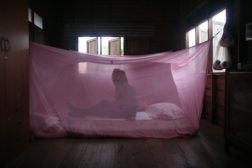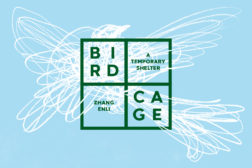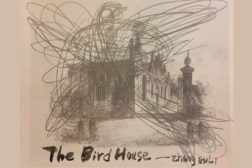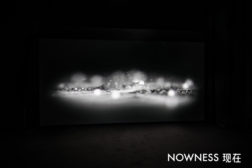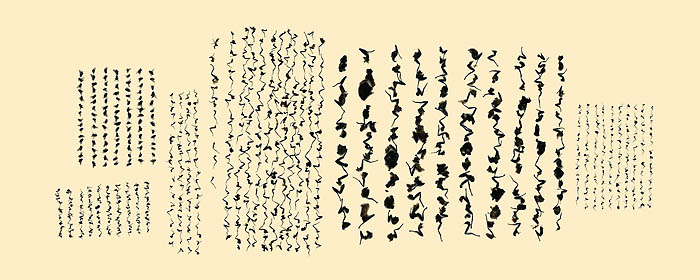

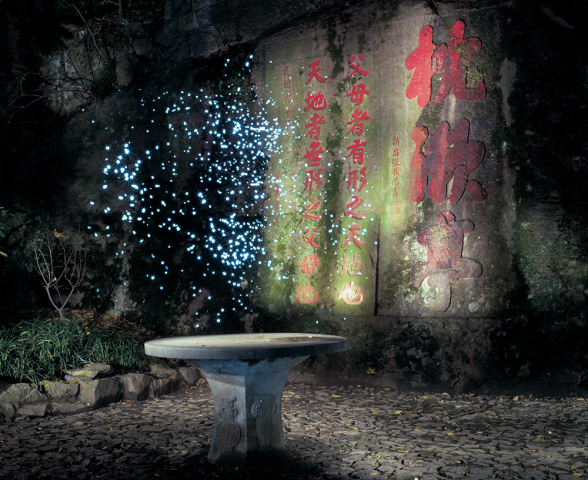
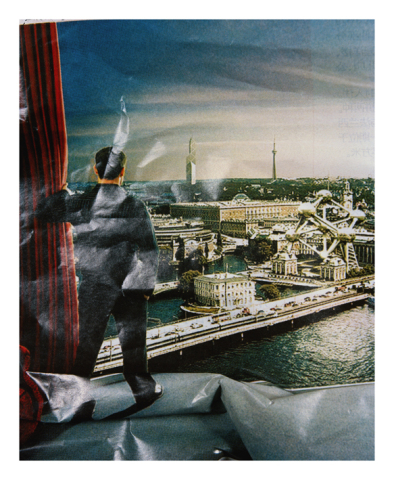
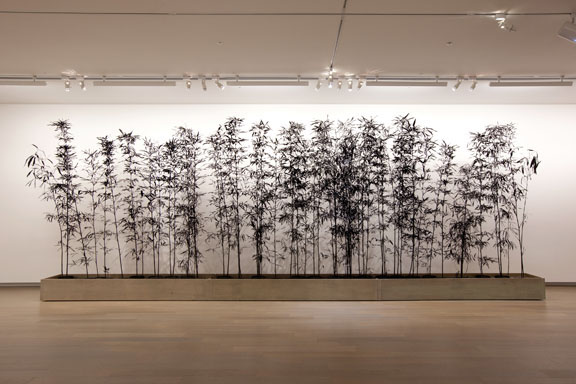

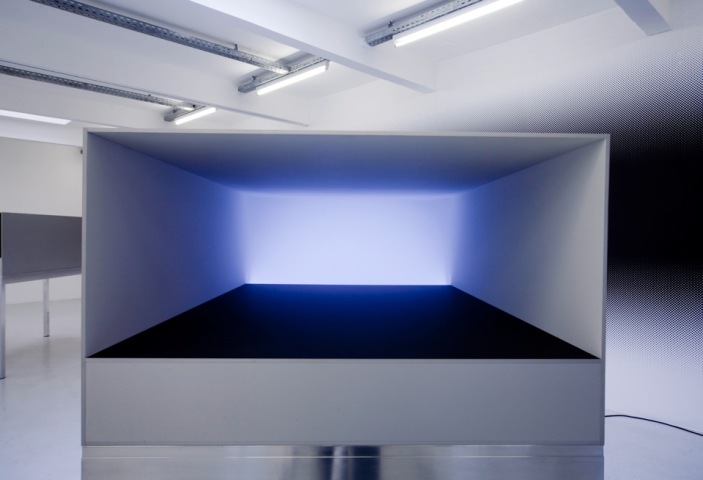
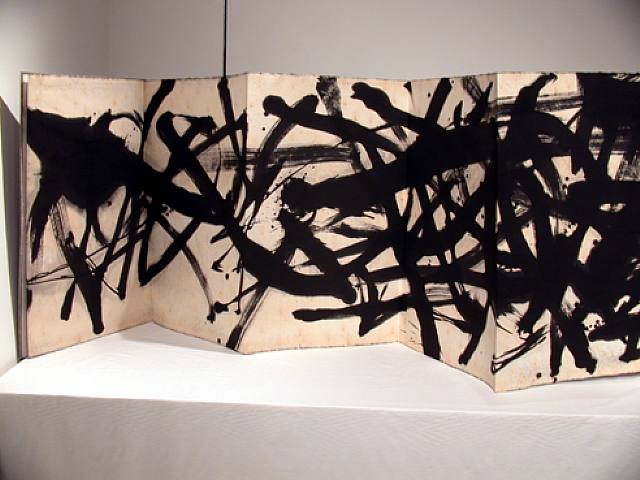
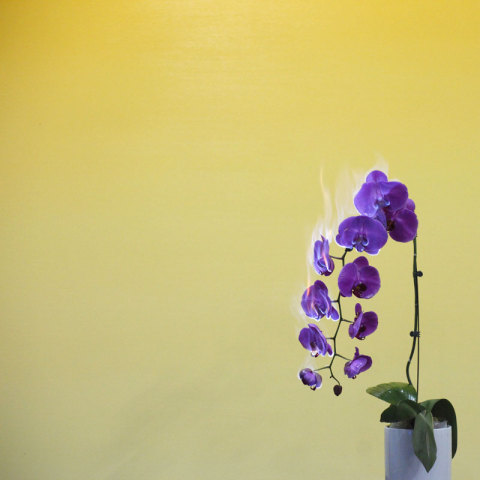
Arthub Asia on SH Contemporary
Below is a curatorial statement by Defne Ayas and Davide Quadrio for SH Contemporary.
(co-founders of Arthub Asia and curators of special projects for SH Contemporary)
For the fair, we have concentrated on building a vivid platform that connects the artistic production and art markets across the region, harnessing the central role and allure of Shanghai. Shanghai’s obsession with the keyword “new” since its inception is an important lead for us for instance; so with the First Issue, we are bringing forth many unedited/not-yet-curated works to the forefront.
We also thought that Shanghai needed a vibrant art fair, a place of the market (like Shanghai is) but that could go beyond a simple display of the commerce to touch upon the idea of Haipai, the Shanghainess of the modern times that lead the trends and made its own style. As a result, we have aimed to close the gap between Beijing, Hangzhou and Shanghai. Except for Vitamin, we have the best galleries coming together for the first time in Shanghai, and why not tap into this grand potential? With the Hot Spot selections, it is the first time that this new and exciting generation of conceptual artists (Liang Yuanwei, Lee Kit, He An, Kan Xuan, Jennifer Wen Ma, FX Harsono, Birdhead, amongst others) are presented together in a collaborative platform. We are in that sense acting like a Biennial of Greater China, in smaller scale that is. What the Shanghai Biennial has not done, can the art fair really do through its special projects section? Ambitious indeed. Will it all materialize as envisioned? This depends on many China-specific variables, as you very well know.
In particular the initial issues Arthub Asia has addressed in this undertaking are: what should the identity of a platform be in order to reflect the changing attitudes and growing challenges faced by artists, galleries, institutions, curators, collectors and the public in Mainland China and the Asia Pacific at large? See our New Ink section specifically for an example of this. How reflective should it be concerning Shanghai’s degrees of modernization from the outset of the 20th century, where an ever-present skepticism towards anything foreign coexists with an undercurrent attraction for the new? Have we highlighted the best of what China has to offer in this edition and at our next round in 2012 we will be able to close the gap between Mainland China and the rest of the world? Are financial transactions equal to intellectual and institutional transactions for the validation of artworks in this part of the world today? What if a fair, in redesigning its strategy, employs collaborative tools to convey the pipe dreams embodied by all participants in the art world?
On the educational front, public programs have not worked at SH Contemporary in the past. They were redundant and boring as hell. Furthermore, they were self-congratulatory, promotional or art-clever. So for instance, instead we asked Birdhead to engage high-school students through their project directly. We decided to scrape the public panels this year; we wanted to propose specific exhibition-like zones with punctual themes.
One of those which we highly esteemed as educational is Now Ink, where we tried in a tentative way to address issues of Chinese tradition in the contemporary art making. The works presented give a hint of the rich productions created by contemporary Chinese and Asian artists based on traditional Chinese esthetics and techniques. We attempted to reduce the space between the “international” contemporary aesthetics of Chinese Art and what has been defined as “traditional Chinese art,” which has difficulty connecting to and being understood by the international contemporary art world, especially in the financial market. We will be featuring works by Bai Yiluo, Chen Qi, Jennifer Wen Mam, Yangjiang Group (Zheng Guogu, Chen Zaiyan and Sun Qinglin), Qing Feng, FX Harsono, and Chen Qi. All of these artists are inspired by the medium of ink and ink painting, the works on view show the complexity and exciting variety of new approaches, concepts, forms and methods, as they relate to this tradition while capturing our contemporary lived experience. We went quite nationalistic on this front.
Photography Update is another major focus of the fair and it comes into the picture quite often in our curated projects. In an age when billions of pictures are produced yearly, who are the key players re-imagining the art of photography in Mainland China? A lot still needs to be done to assess the importance and increase the value of contemporary Chinese and Asian photography among the region’s art professionals, art lovers and collectors. Photography is often considered ancillary to other artistic practices, especially performance based works. And still of lesser economic and speculative value.
Photography Update: The New Generation focuses on the changing landscape in contemporary photography in the past decade in China and around the globe. How does the new generation of Chinese artistic photographers see the world? Where do they draw their inspiration from? How do editors, curators and collectors cope with the impact of the internet on the modes of production, exhibition, distribution and reception of photography? How does all this change the way we think of curating, collecting and preserving photography? What is the place of queer aesthetics and fashion in all of this? Chen Wei, Emma Reeves, Leo Xu, Steven Harris, Liu Gang, Christopher Phillips and Birdhead are all part of this conversation.
Shanghai’s art scene is quite fragmented—we believe by energizing different parts and curators across the region, we can achieve an impact that is larger than the sum of its parts. The “collaborative efforts” of many can achieve a “collective intelligence” that far surpasses the individual.
Since its inception in 2007, as a platform to catalyze and produce art projects, Arthub Asia has become known for approaching all projects at hand, both critically and effectively.
By accepting the challenge to contribute to the new development of SH Contemporary, we have formed a partnership with newly appointed Fair Director Massimo Torrigiani, with the aim of creating a public event that is both culturally relevant and commercially effective. A concrete opportunity to work on building a platform, that at the same time mirrors the interesting artistic and creative experiences in the region, while questioning the meaning of an art fair in China, in relation to the role artistic production is increasingly taking across Asia.
Arthub’s activity has been mainly directed to turning the fair into a site for collaboration, bridging the intervals between gallery dynamics, where conceptuality and playfulness is highlighted and contoured, while still keeping an eye on the ever-ignored notion of “beauty.” We also wanted to present well tuned thematic projects and work closely with artists and galleries to do so. We involved curators, artists and cultural actors of the extended Arthub Asia network to create a dynamic atmosphere. Some of the projects are commissioned directly by Shcontemporary together with Arthub Asia and they will be presented as premiers worldwide.
For the projects directly commissioned by Arthub Asia, we were motivated by artist’s clarity of thought and vision but their lack of gallery presence in the fair made us make a direct effort to raise funds for them to realize their projects. We were successful thanks to collectors and to the efforts of SH Contemporary as well. It is great proof to see that this partnership worked!
Otherwise, the choice of artists involved were drawn from the galleries participating in the fair. We have also extended personal invitations to a few curators. This approach has allowed the projects to evolve through a constant dialogue and the search for that “collective intelligence” that Arthub Asia has employed since its inception.
When we look at some of the artist’s projects we have selected we feel a conceptual proximity and empathy for their work. The special projects for the fair is a valid example of the kind of work that Arthub Asia has been promoting, supporting and creating. With its range of works, from radical installations to impromptu interventions, and with its special focuses such as new ink or collaborative video selections in Southeast Asia, Arthub Asia offers a tangible experience of conceptual contaminations that might offer an actual push for reinvention and innovation.
The art fair has always been there full of promise, but also constantly crippled by lack of support from local government and the city’s fragmented constellation. The connection between Arthub Asia and SH Contemporary—both established in 2007—has developed along the years, partnering on specific projects. The most noteworthy collaboration happened in 2008 when Arthub Asia produced Shanghai Detour, the first map of the city’s artistic echo-system, still published today, that connected the fair with Shanghai’s emerging cultural context. A series of passenger buses took the audience from the fair to visit galleries and art spaces around the city.

